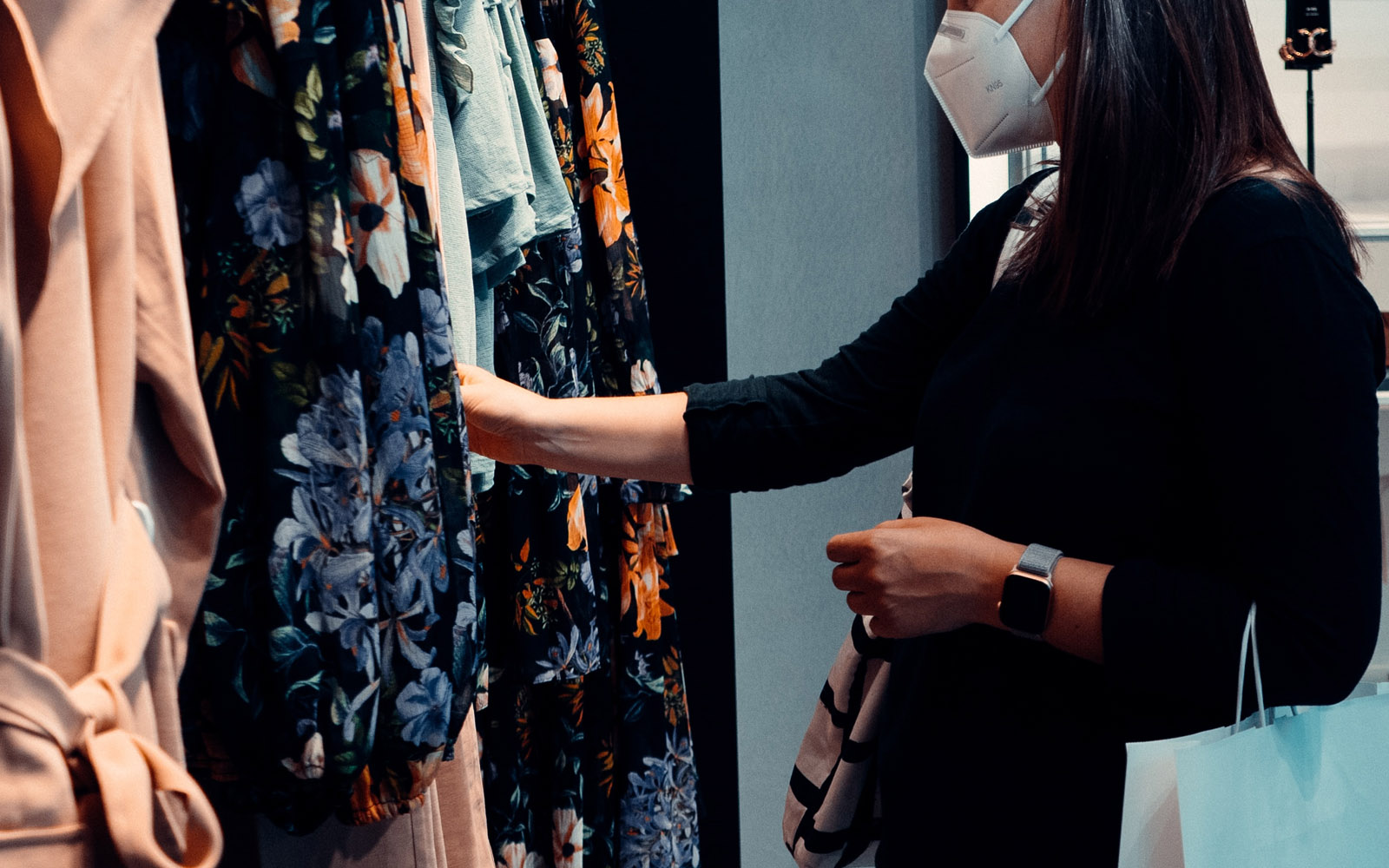This article was originally published by Media Village.
Omnicom Media Group’s primary research team, led by Managing Director Pamela Marsh, has been conducting a longitudinal study among 1,000 respondents over the course of 17 waves fielded since March 2020. The four most recent waves have focused on tracking the New Normal — i.e., behaviors and attitudes emerging following a year of drastic shifts in consumers’ daily lives and media behaviors — via OMG Signal, the agency’s always-on consumer panel of two million Americans. Launched earlier this year, OMG Signal’s objective is to be effective in filling the insights gap left when COVID-19 rendered any behavioral data before the shut-down essentially irrelevant. In an exclusive interview, MediaVillage was given access to a few broad insights from the team. The latest wave of this study shows a strong indication that the Delta variant is driving consumer sentiment back to where it was almost a year ago, foretelling a longer path to a new normal than might have seemed within reach just a few months ago for many business sectors.
The New Normal research paints a broad stroke picture of how consumers are approaching life outside of quarantine, and their attitudes about and confidence in returning to pre-pandemic lifestyles; especially around areas that are relevant to clients such as travel, entertainment and restaurants. In addition it highlights their changed media behaviors.
According to Marsh, “For more than a year and a half, we’ve been a marketplace for which there is no model — 2019 behaviors weren’t predictive of 2020, 2020 couldn’t be used as a model for 2021, and it’s looking more and more as if 2021 won’t be a reliable model for 2022. That’s why it’s imperative to continuously take the pulse of consumers’ economic and social outlook. As the findings from our New Normal research have revealed, consumers’ behaviors and sentiments about the economy and the pandemic can change in a relatively short period of time — basically at the speed of COVID’s impact on their lives and communities. As a result, every wave is a snapshot of a moment in time that we put together to bring the big picture into clear focus.”
The more recent snapshot shows a growing Delta effect, with concerns about COVID spiking to levels not seen since the spring, resetting expectations about the pandemic nearing its end. While in June 82% of respondents felt the pandemic was close to being over, that number has plummeted to only 38% in September. Most significantly, only a third now feel that life will eventually get back to normal — new, old, or anything in between — down from more than half in June. These dips in confidence — which Marsh describes as “elation deflation” — are having the expected impact on plans to return to normal activities, with close to six out of ten saying they’re not ready to return to their pre-pandemic routines, while the balance of readiness and reticence is starting to even out among the other 40 percent.
Following earlier waves in which respondents were enthusiastically planning for travel, in-store shopping and returning to entertainment venues, the research now shows incipient uncertainty as respondents are extending their timelines for re-entry. As always, confidence varies significantly across demographics, with Millennials far more optimistic than Boomers or Gen Xers; and more women than men believing that life will never again be “normal.”
When it comes to media consumption, the New Normal Wave 4 report confirms that the biggest benefactor of the past eighteen months has been streaming video, with 70% of consumer respondents saying that they will continue their increased consumption. Interestingly, 76% of consumers said that they will continue with their increased consumption of music post-pandemic as a sense of normality returns.
Sums up Marsh, “At the beginning of the pandemic, everyone talked about recovery. What our research has shown us is that we need to instead think in terms of a continuing series of re-sets with consumer readiness and attitudes across activities, purchases, demographics and mindsets still highly sensitive to COVID vagaries. For marketers, that means taking a far more targeted and customized approach to messaging and investment.”
Image Credit: Photo by Arturo Rey on Unsplash


